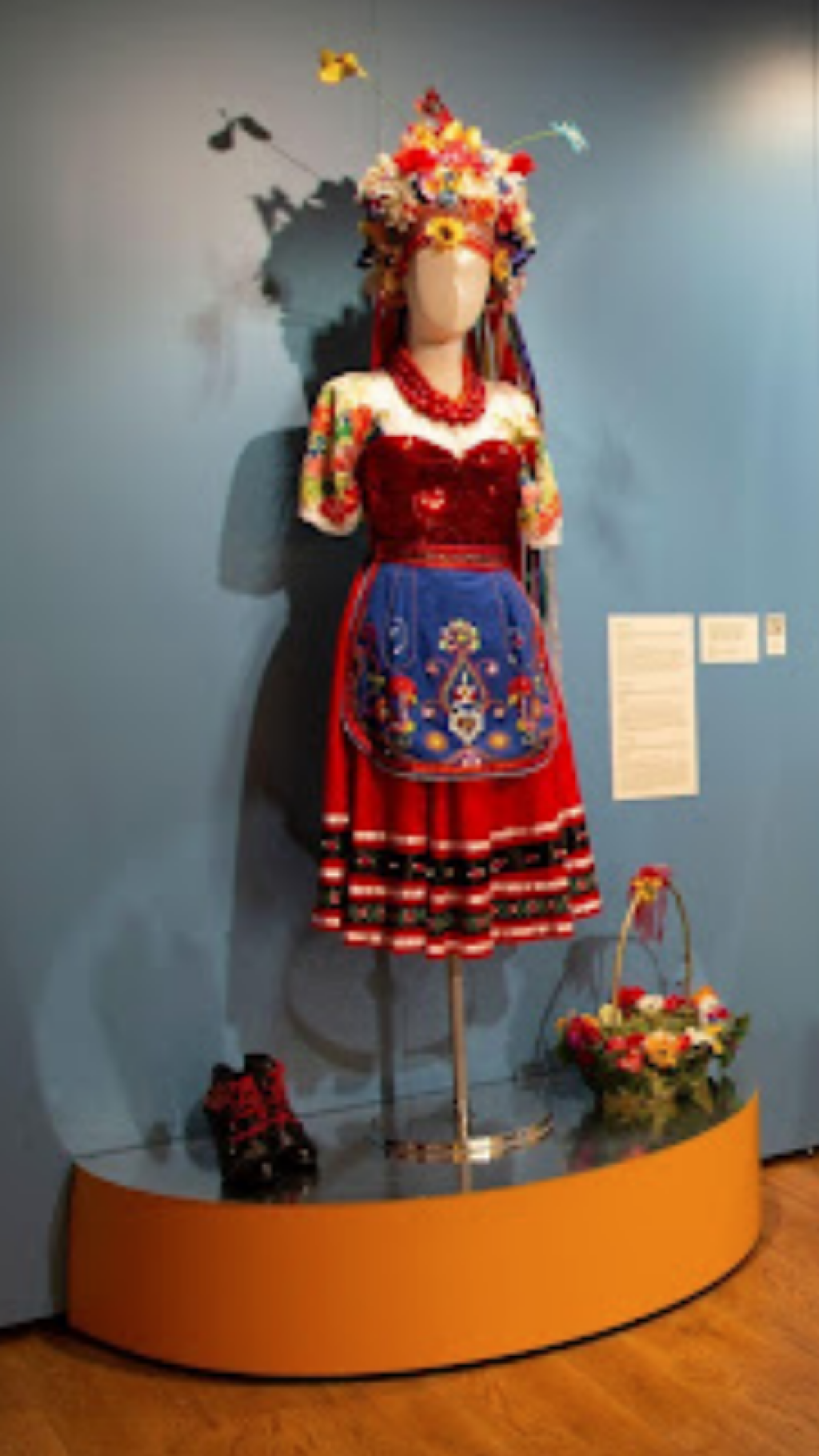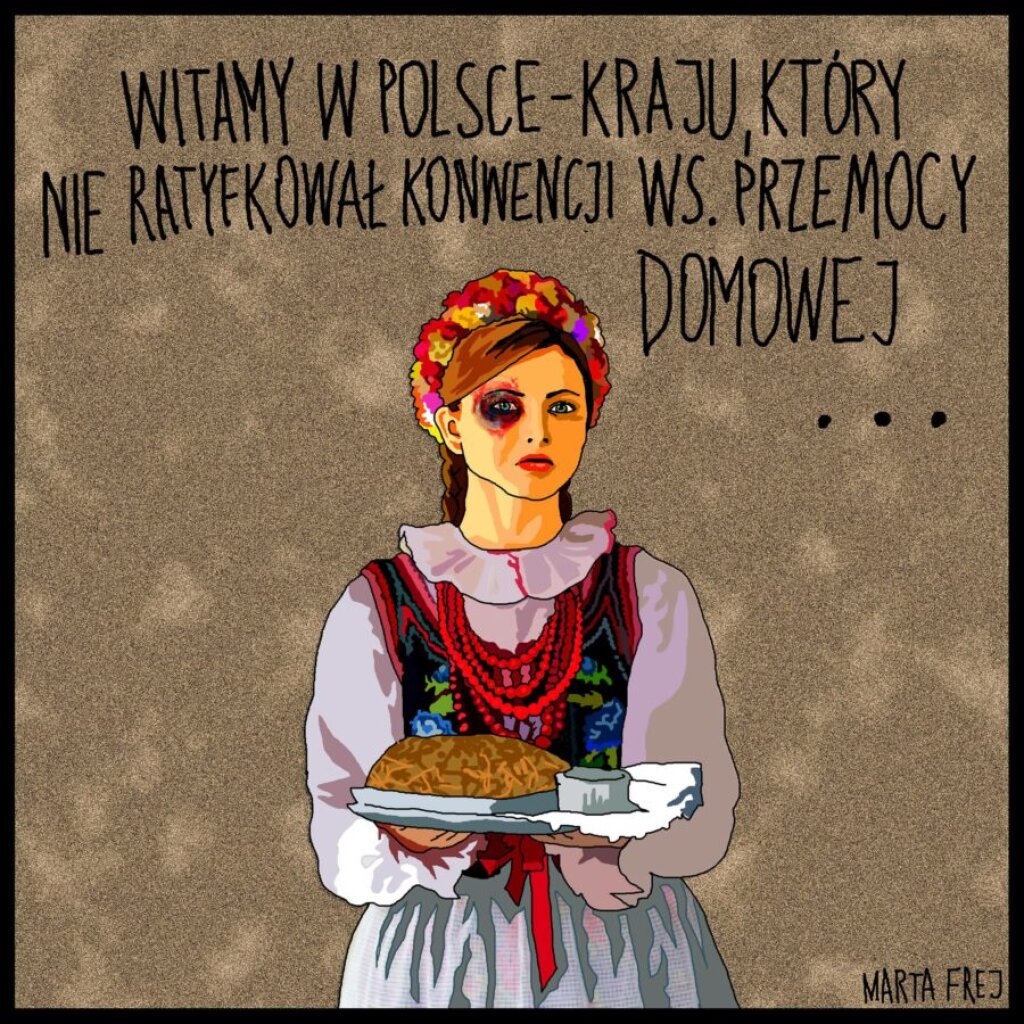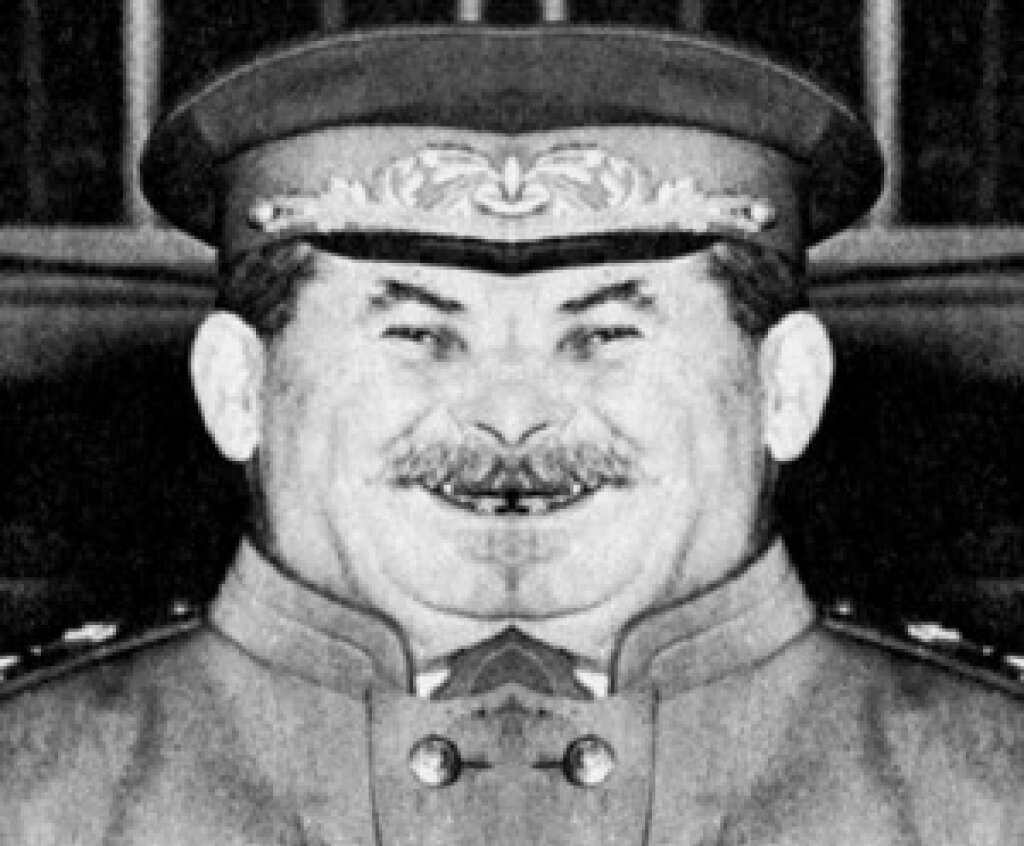The Jordan Center stands with all the people of Ukraine, Russia, and the rest of the world who oppose the Russian invasion of Ukraine. See our statement here.
This post is adapted from the 2022 ASEEES Convention paper “The Drag Queen in Ethnic Dress.”
Katarzyna Murawska-Muthesius, Ph.D., is Honorary Research Fellow at Birkbeck College, University of London, and author of Imaging and Mapping Eastern Europe: Sarmatia Europea to the Post-Communist Bloc (Routledge, 2021).
[gallery type="slideshow" columns="1" size="medium" ids="8381,8382"]
Above: Stills of Kim Lee performing We, the Slavs in 2014. Vocals: Justyna Jary, Director: Małgorzata Suwała, Camera: Marcin Łaskawiec, Montage cooperation: Szymon Kraszewski, Concept and production: Jaś Kapela. Cover of Krytyka Polityczna, 27 June 2014
The Drag Queen’s performance is inconceivable without ostentatious and seductive dress. Complete with an extravagant wig, heavy make-up, and high heels, this outfit simultaneously exaggerates and disrupts traditional markers of gender and sexuality. But what happens when the Drag Queen adopts Eastern European folk dress as one of her costumes? Colorful, yes, but never flamboyant, the folk dress in all its regional variations, with a stiffly starched top embroidered in a "Slavic" fashion as its essential feature—known today under its Belarusian/Ukrainian name of vyshyvanka—testifies to centuries of gender fixing and initially seems opposed to subversion.
And yet, vyshyvanka has been used in Drag Queen performances both within and outside Eastern Europe. It belongs to the outfits of the Drag Queen Virina Flower, a queer celebrity in Plymouth, UK. Vit Rok, as she is known, was born in Ukraine, studied performing arts at Plymouth University, and has been fundraising for Ukraine since the start of the 2022 Russian invasion.
The fabulous creation of Andy Nguyen, the Vietnamese-Polish queer activist known as Kim Lee, sometimes wore a folk dress with vyshyvanka, ribbons, and a flower garland, which featured in her 2014 video We, the Slavs. This video simultaneously recreated and parodied the Polish contribution to the 2014 Eurovision song contest, which had sexualized the "female Slavic body." The moment when Kim Lee, singing in the countryside, bares her flat chest, acts as a sharp riposte to the promotion of large, "Slavic" breasts during Eurovision. Kim Lee lived and performed in Poland for almost twenty years until her untimely death of Covid in 2020. Her impact on the Polish art world is commemorated posthumously in a Warsaw-based exhibition called Kim Lee. The Queen of Warsaw, on view through July 2023.
The intersection of tradition and subversion in both Virina Flower’s and Kim Lee’s performances confirms the socio-political engagement of the Eastern European LGBT movement. It also invests new meaning into Eastern European folk dress, adding another dimension to the image of the region—the topic of my 2021 book Imaging and Mapping Eastern Europe.
Over the centuries, the figure of the peasant woman in ethnic dress reigned supreme as a signifier of Europe’s East, presented as the Other. It emerged in the pages of early modern travelogues like Edward Brown’s A Brief Account of Some Travels in Divers Parts of Europe (1673) or Alberto Fortis’s in his Viaggio in Dalmazia (1774).
[gallery columns="2" size="medium" ids="8386,8387"]
Even where selective and discriminatory, ethnic dress stood for the whole of the region at a time when large parts of its territory were occupied by neighboring empires and kingdoms, that is, long before the term "Eastern Europe" was coined. Ethnic dress would come to constitute the "essence" of Eastern Europeanness, a tool of "easternizing" Eastern Europe in much the same way that "Oriental" nudity was used to Orientalize Asia and the Middle East.
Dress marked what it was "to be seen" in the region, signaling a variety of meanings that ranged from agricultural skills to indigenous craftsmanship. The awakening of interest in vernacular culture and the rise of nationalism during the nineteenth century transformed peasant dress into an object of ethnographic inquiry and a perfect tool for constituting imagined communities. By the early twentieth century, vyshyvanka dress had been adopted and elevated to an icon of Self on both the regional and national level.
Modern art reinforced this identification process. Alfons Mucha’s Slav Epic murals (1920-28), along with a plethora of paintings and applied art produced in 1920s-era Poland, Czechoslovakia, Yugoslavia, and other countries, invested enormous value in folk costumes, crafts, and rituals. Costumes may have differed, but vyshyvanka was the constant.
Political instrumentalization followed, turning folk dress into an argument in territorial claims, as at the 1919 Paris Peace Conference that following the First World War. During the Cold War, folk dress became an index of Communist redistribution of political power; in contemporary Poland, it acts as a kind of talisman against demands for gender and sexual equality.
Istanbul Convention Against Domestic Violence. Poster 2015/2017." width="900" height="900" />
But vyshyvanka has already entered the battle for signification, and is regularly employed in the struggle for gender and sexual equality by artists and activists, including Drag Queens. In a poster by Polish feminist artist Marta Frej, which she created during the heated debate against the ratification of the Istanbul Convention against violence against women in 2015, the woman performing the bread-and-salt greeting ceremony has a black eye. The image has since been widely disseminated by the Polish Women's Congress to bring greater attention to domestic violence and gender inequality.
The video Niolam Ja Se Kochaneczke by Katarzyna Perlak, a Polish artist active in London, uses folk dress and folk song to address gay communities in the countryside, far from the urban culture with which they are usually associated. The masks on the girls’ faces destabilize the image, exploding the notion of folk dress as guardian of traditional values. Their song is about a female lover, which is indicated by changing just one letter at the end of the noun "lover," thus addressing female rather than male gender.
In 2020, during the falsified presidential election in Belarus, the Belarusian artist Rufina Bazlova used the medium of traditional embroidery to record the story of the events and subsequent military encounters. The title of the series, The History of Belarusian Vyzhyvanka, was based on a pun: vyshyvat’ means "to embroider" in Belarusian, while vyzhyvat’ means "to survive." Crucially, Bazlova’s vyzhyvanka turns the constitutive element of ethnic dress—the red cross-stitch embroidery—into a pure engine of dissent. It transforms each stitch into a fighting body, capable of resisting armed aggressors, which are also conjured up by the stitches. The cross stitch metonymically represents the ethnic body while, at the same time, serving as a means of storytelling and a call to arms.
There is no end of meanings evoked by Eastern European vyshyvanka. Radically opening up the range of identities communicated by the ethnic body, the tradition-bound costume persists. It keeps living and absorbing new, subversive meanings. It proves capable of unmasking patriarchal violence, collapsing heternormativity, and turning embroidery patterns into, literally, patterns of resistance.
Socially progressive politicians of Eastern Europe, never neglect the power of vyshyvanka!






